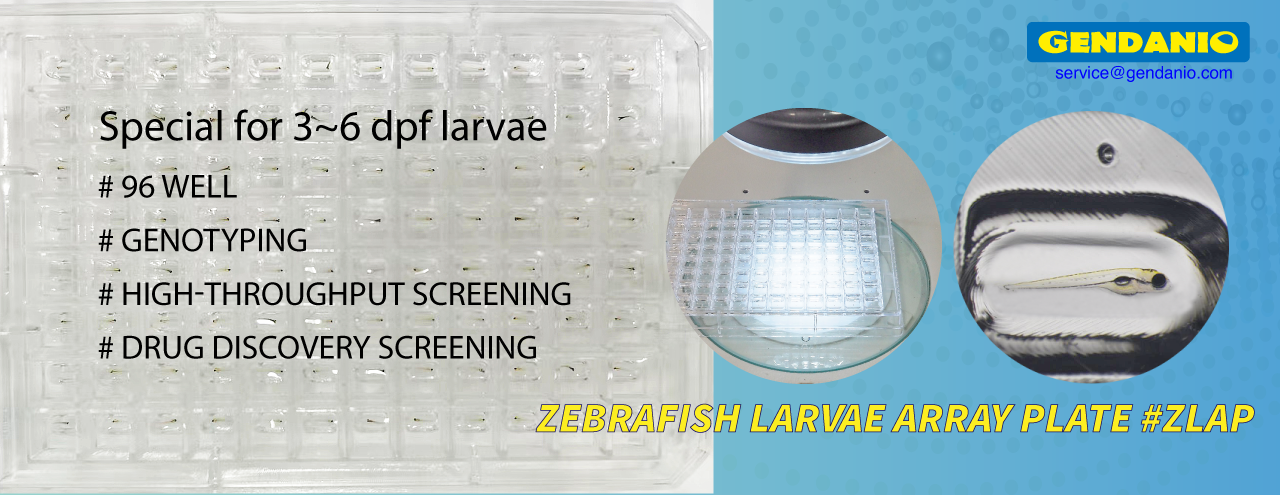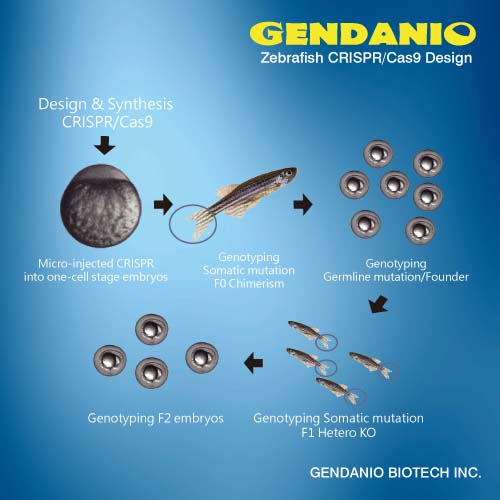ScienceDaily (Apr. 15, 2009) — Alzheimer’s disease has reached epidemic proportions in western society. Researchers at the German Center for Neurodegenerative Diseases (DZNE) at Ludwig-Maximilians-Universitaet (LMU) Meunchen have now developed the first animal model that directly traces the demise of neurons in the brain, and thereby allows better testing of the action of potential drugs.
Extensive death of nerve cells leads to severe dementia in patients with Alzheimer's disease. Until now, it has only been possible to investigate the neuronal devastation in post mortem animal models, and by using complicated methods. Researchers at the German Center for Neurodegenerative Disease at LMU Munich, headed by Professor Christian Haass, have now successfully observed this demise of nerve cells by life imaging.
The scientists inserted a gene into zebrafish that leads to a severe form of Alzheimer's in humans. The translucent larvae thereupon developed characteristic symptoms such as the death of neurons – the first directly observable instance in a living organism. “Our discovery now allows us to perform a targeted search for drugs that can stop the extensive cell death, and thereby stop dementia in patients,” says Haass. “The first findings have already shown that we can in principle use drugs to block at least some of the disease-related processes in the zebrafish.”
Around one million people in Germany suffer from Alzheimer's disease. There are an estimated 12 to 18 million patients around the world. This trend is even rising, not least due to the longer life expectancy of people in western society. The search for causal therapies is sorely needed, since neuronal cell death in the brains of Alzheimer's patients can still not be defeated. Moreover, the death of neurons can only be truly confirmed after the death of the patient. Even in animal models, the destruction of nerve cells has only been observable to a very limited extent and with great difficulty.
Professor Christian Haass and his two colleagues Dr. Bettina Schmidt and Dominik Paquet of the Deutsche Zentrum für Neurodegenerative Erkrankungen, DZNE (German Center for Neurodegenerative Disease) at Ludwig-Maximilians-Universität (LMU) München and the cluster of excellence Center for Integrated Protein Science (CIPSM) have now inserted a gene responsible for a severe form of Alzheimer’s in people into zebrafish, with great success. The animals showed the characteristic symptoms, such as deposits in nerve cells and the selective loss of neurons.
They were even able to observe this while it was happening. “The translucent larvae of the zebrafish can be studied under a laser microscope over an extended period of time,” reports Haass. “If you add a color dye to the water to specifically stain dying cells, you can even directly watch the neurons as they die. That way, it should also be possible to watch and test directly whether potential drugs actually do have a protective action. First experiments using newly developed drugs have already confirmed this: One drug did have an effect in the living fish – and was able to block the disease-related processes in the zebrafish at least to some extent.”
Source: ScienceDaily
























